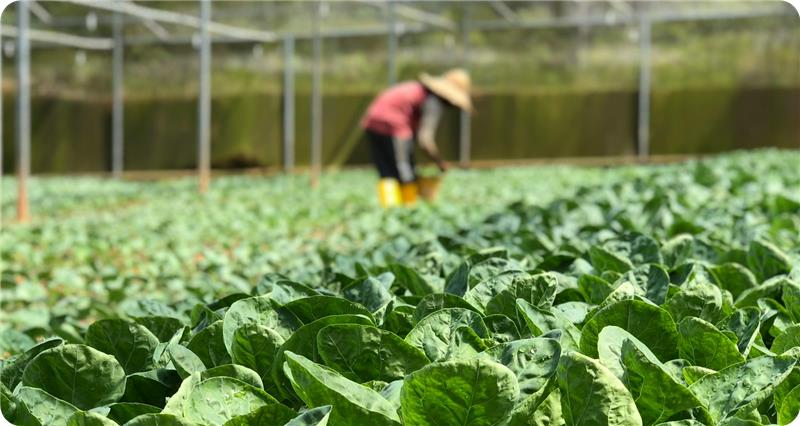Water is one of Earth’s most vital resources, yet it is increasingly becoming scarce due to population growth, climate change, and inefficient usage. Water harvesting is a simple yet powerful way to conserve this life-giving resource and build resilience for the future.
What is Water Harvesting?
Water harvesting refers to the process of collecting and storing rainwater for later use. This technique has been practiced for centuries, but its importance has grown dramatically in recent years as communities seek ways to address water scarcity and reduce dependence on external water sources.

Types of water harvesting:
- Rainwater harvesting: Collecting rainwater from rooftops or other surfaces.
- Surface runoff harvesting: Collecting water from streams, rivers, or ditches.
- Groundwater recharge: Methods like percolation tanks or check dams to replenish underground aquifers.
Why is Water Harvesting Important?
- Climate Change and Water Scarcity
- The global climate crisis is causing irregular rainfall patterns, droughts, and extreme weather events.
- Water harvesting helps mitigate the effects of unpredictable weather by capturing rainwater during wet seasons to be used during dry spells.
- Cost-Effective Solution
- Harvesting rainwater can help reduce water bills, especially in areas where water is expensive or scarce.
- In addition to lowering monthly water costs, it also reduces the need for expensive water treatment infrastructure.
- Improved Water Quality
- Rainwater is often cleaner than groundwater or surface water, which can be contaminated by pollutants. By harvesting and filtering rainwater, communities can improve the overall water quality for domestic and agricultural use.
- Conservation of Ecosystems
- Excessive extraction of groundwater and surface water can harm ecosystems, wildlife, and biodiversity.
- By using rainwater for irrigation, industrial purposes, and even domestic use, we help conserve vital ecosystems and ensure sustainable resource management.
Benefits of Water Harvesting
Environmental Benefits:
- Reduces runoff, prevents flooding, and promotes groundwater recharge.
- Lessens the impact of urbanization on natural water cycles.
- Decreases the need for large-scale water infrastructure projects.
Economic Benefits:
- Reduces reliance on costly water treatments and infrastructure projects.
- Improves water security, making communities less vulnerable to water price fluctuations and supply disruptions.
Social Benefits:
- Provides communities with an accessible and reliable water source.
- Empowers local populations, especially in rural or developing areas, to manage their own water resources.
Water harvesting is not just an ancient practice—it’s a modern solution to a growing crisis. By adopting it at individual, community, and governmental levels, we can ensure that clean, usable water remains accessible for generations to come.













